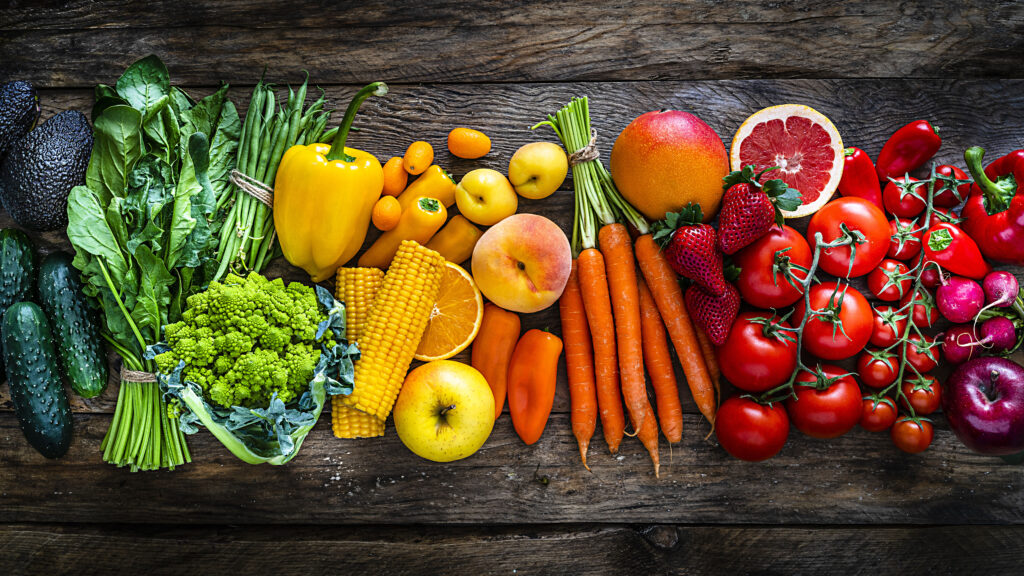
It can sometimes feel as if we’re bombarded with information about the latest eating trend or buzzworthy ingredient. But good nutrition is really about having a well-rounded diet, and it’s easier to do than you may think. In fact, living a nutritious lifestyle can be easy and fun.
Nutrition is about more than vitamins—it also includes fiber and healthy fats. Now is a perfect time to learn simple ways to help your whole family eat healthier.
Add healthy fats
Not all fats are bad. Foods with monounsaturated and polyunsaturated fats are important for your brain and heart. Limit foods with trans fats, which increase the risk for heart disease. Good sources of healthy fats include olive oil, nuts, seeds, certain types of fish, and avocados.
Try this:
- Top lean meats with sliced avocado, or try some avocado in your morning smoothie.
- Sprinkle nuts or seeds (like slivered almonds or pumpkin seeds) on soups or salads.
- Add a fish with healthy fats, like salmon or tuna, into your meals twice a week.
- Swap processed oils (like canola or soybean oil) for oils that are cold-pressed, like extra-virgin olive oil and sesame oil.
Cut the sodium
Good nutrition is about balance, and that means not getting too much of certain ingredients, such as sodium (salt). Sodium increases blood pressure, which raises the risk for heart disease and stroke. Most Americans consume about 3,400 milligrams (mg) of sodium each day.1 This is much more than the recommended amount of 2,300 mg per day (about one teaspoon of salt) in the 2015-2020 Dietary Guidelines for Americans.
Try this:
- Avoid processed and prepackaged food, which can be full of hidden sodium. Many common foods, including breads, pizza, and deli meats, can be sources of hidden sodium.
- At the grocery store, look for products that say “low sodium.”
- At restaurants, ask for sauces and dressings on the side. Get more healthy eating tips when eating out.
- Instead of using salt, add delicious flavor to your meals with a squeeze of fresh lemon juice, a dash of no-salt spice blends, or fresh herbs.
Bump up your fiber
Fiber in your diet not only keeps you regular, it also helps you feel fuller longer. Fiber also helps control blood sugar and lowers cholesterol levels. Fresh fruits and vegetables, whole grains, and legumes (beans and peas) are good sources of fiber.
Try this:
- Slice up raw veggies and keep them in to-go baggies to use as quick snacks.
- Start your day off with a high-fiber breakfast like whole grain oatmeal sprinkled with pecans or macadamia nuts.
- Steam veggies rather than boiling them. When buying frozen veggies, look for ones that have been “flash frozen.”
- Add half a cup of beans or peas to your salad to add fiber, texture, and flavor.
Aim for a variety of colors on your plate
Foods like dark, leafy greens, oranges, and tomatoes—even fresh herbs—are loaded with vitamins, fiber, and minerals.
Try this:
- Sprinkle fresh herbs over a salad or whole wheat pasta.
- Make a red sauce using canned tomatoes (look for “low sodium” or “no salt added”), fresh herbs, and spices.
- Add diced veggies like peppers, broccoli, or onions to stews and omelets to give them a boost of color and nutrients.
Courtesy of https://www.cdc.gov
